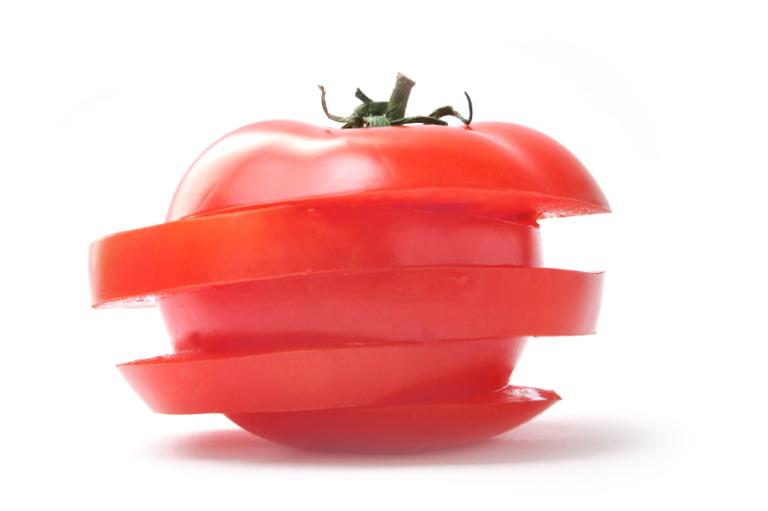 Photo: Ralph HockensReason No. 137 that I love commuting by bike in New York City: I get to watch baby hawks go to flight school.
Photo: Ralph HockensReason No. 137 that I love commuting by bike in New York City: I get to watch baby hawks go to flight school.
Last year, I was fascinated and then heartbroken by a pair of red-tail hawks that built a precarious-looking nest over the West Side Highway, produced a trio of hatchlings, then lost their offspring before they got a chance to take flight, apparently to rat poison.
So I was happy — but concerned — this year when the hawks returned to Riverside Park and took up in a new tree, this time just off the West Side bike path that I frequently ride to work. (New York real estate experts would no doubt call this new nest an upgrade — it has great views of the Hudson River.)
I didn’t watch the pair as closely as I did last year, because I had a newborn of my own that took up most of my attention this spring. But I did check the updates occasionally at blogs that obsessively follow urban hawks, and I always looked up at the nest when I passed by their tree.
Riding home last week, I noticed more commotion than usual. Photographers — call them hawkarazzi — were pointing their lenses skyward, and parks employees were surrounding the hawks’ tree with a temporary fence and signs warning dog walkers to keep their pooches at bay.
The baby hawks were learning to fly.
I pulled my bike over and craned my neck up with everyone else. I quickly spotted mom and dad high in the branches, watching as their new trio of youngsters tested out their wings. As a new father myself, I felt a shared sense of pride with the plucky birds who — like me — call Riverside Drive their home.
Much has been written about the connection that New Yorkers feel with their hawks — particularly the famous Pale Male, who nested for years on a Fifth Avenue co-op overlooking Central Park that he shared with Mary Tyler Moore. (The Riverside Park hatchlings are likely his descendents.)
For my part, I think it’s a sense of validation and connection to nature — that even here on the island of Manhattan, one of the most densely packed cities in the world, I can see hawks building nests and raising their offspring, and I can do it from the back of my bicycle while riding alongside the majestic Hudson River.
It’s one of those hidden treats, those shared experiences that make life in New York so rewarding and exhilarating, despite its daily hassles and challenges and the constant queries from non-New Yorkers along the lines of: “You’ve got a kid now. When are you going to move out of your tiny apartment and into a real house in the suburbs already?”
If the hawks can make it here, they can make it anywhere — and so can the rest of us.
I think there’s another appeal to hawk watching, as well: A sense that if nature survives and thrives in an environment like New York City, surrounded by all the concrete and chaos, then maybe things aren’t as bad as we sometimes fear they are. Maybe the world as we know it will shrug off the pollution of our atmosphere, the changes in temperature, the loss of thousands of species, the massive shifts in climate that science tells us are coming. Maybe nature — and we — are tougher than we think.
Of course, that kind of hope can also bring disappointment.
I stopped by the nest again on my ride home last night and learned from my fellow hawk gawkers that one of the three fledglings had been hit by a car and killed. Reports say that it was flying low while carrying a dead rat in its talons — probably the first meal it had caught on its own. Nature may be resilient, but there are dangers around every turn.
Still, the dead fledgling’s siblings hadn’t given up. There they were yesterday evening, up in the trees, taking short flights from limb to limb and following their father as he enticed them farther away from the nest with a dead squirrel in his grasp.
I wished the fledglings luck and continued home. Soon, if they survive, the young hawks will fly off for good, leaving an empty nest behind. Surely there are safer places for the adult hawks to raise a family than this busy spot on New York’s Upper West Side, but selfishly, I hope they continue to return year after year.
I want to bring my own son here one day, to point up into the trees and hope that he shares my sense of wonder and inspiration at what’s learning to soar just above our heads.



